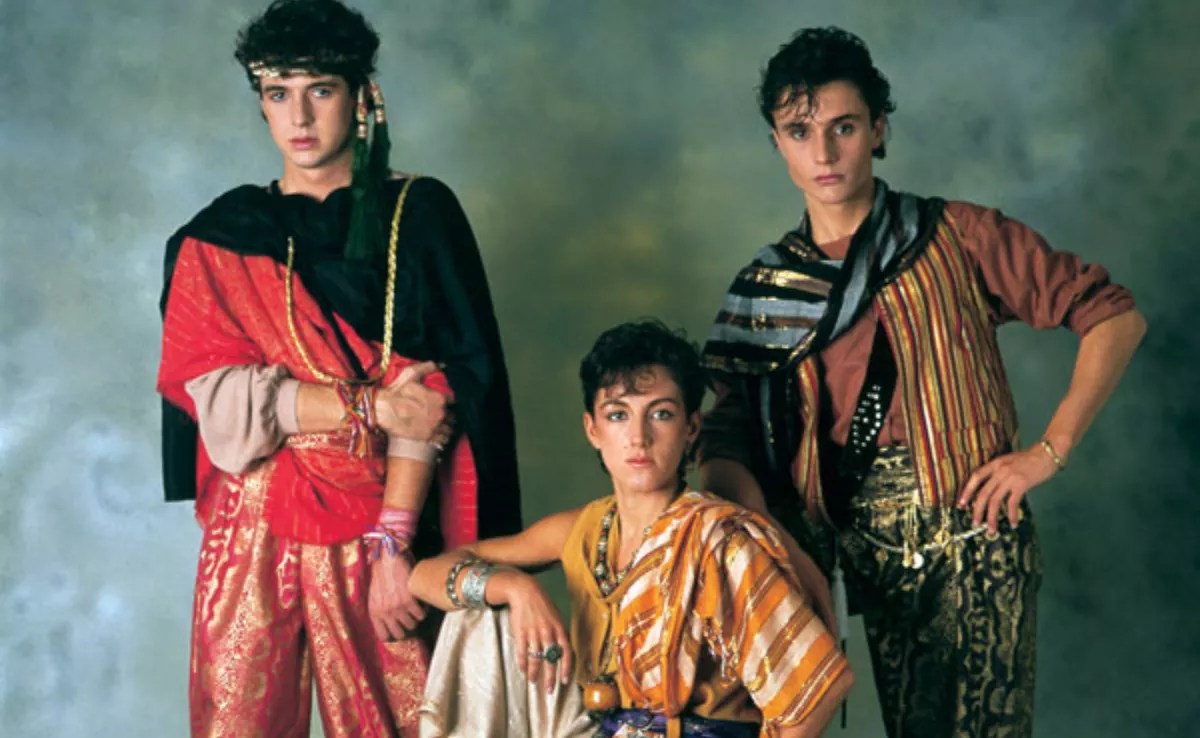The council receives 14.5 million European Next Generation Funds to improve mobility, in general, and the public transport of the Island in particular. The game is included in the aid program for autonomous communities and cities with autonomous status. The amount is allocated globally to “the digital and sustainable transformation of transport”. The specific amount amounts to 14,508,546 euros and the forecasts are to cover the costs of five projects presented by the Island Corporation.
The First Vice President and Minister of Mobility, Enrique Arriaga, details that the allocation of these funds will allow a qualitative leap in the movement of citizens, since they will finance, among other initiatives, the implementation of the bus lane between Las Chumberas and the Interchange of La Laguna or the Bus Vao on the TF-1.
In addition, indicates Arriaga, “it will enable the implementation of card payment in the buses of the company Titsa –innovation presented just yesterday– and the start-up of recharging points for electric buses in the Santa Cruz de Tenerife interchange.
The first of the awarded projects is the bus lane between Las Chumberas and the La Laguna Interchange, a priority and exclusive route for public transport. It involves removing the buses from the circulation lanes of the Autopista del Norte, the TF-5, in addition to reducing frequency times and helping to reduce road congestion.
the southern highway
As well two projects are approved to build a Bus-Vao system (roads for high-occupancy vehicles) in the left lane of the TF-1, the southern highway, in the direction of Santa Cruz. The traffic along said lane will be managed by ITS (Intelligent Transport Systems) through lights, signals, etc. The purpose of the project is to solve the existing mobility problems in the current corridor of this high-occupancy road in Tenerife.
“This economic injection allows us to make a qualitative leap in travel”
Europe also approves the validation and payment of the trip by bank card, as well as the mobile devices on board the Titsa buses, so that passengers who travel on the buses and do not have the TEN+ transport card, can validate and pay for their trip simply by using a contactless bank card, which It may be in a traditional physical format or integrated into a mobile application.
The infrastructures of the recharging points in the Santa Cruz de Tenerife interchange constitute the last of the projects approved thanks to European funds. These connectors will allow the fleet of electric buses of the Tenerife public transport company to charge quickly to take advantage of the stop times that the bus service makes at the head and end of the line.
A few days ago, the Mobility area of the Cabildo presented its “challenges and milestones” for 2022. The fundamental thing is that Public transport prices will be maintained despite the rise in costs due to the increase in the price of the energy rate and fuel. The island president Peter Martin, highlighted the almost 76 million euros to improve mobility on the island. The island councilor, Enrique Arriaga, for his part, anticipated that almost 54 will be dedicated to increasing the workforce, the purchase of a new fleet of buses and the improvement of stations and stops. There are two premises this year. Aside from that boost, the other goal is to regain the trust of the traveler.
Demand forecasts suggest that the figures will once again be similar to those recorded before the pandemic. In 2019, more than 50 million passengers were exceeded, a record, and the balance in 2021 was more than 48. These first three months show that more people leave the car at home and use public transport. A pull that is noticeable in long-distance routes such as those that go to Playa de Las Américas, which have increased users by 30%.
















